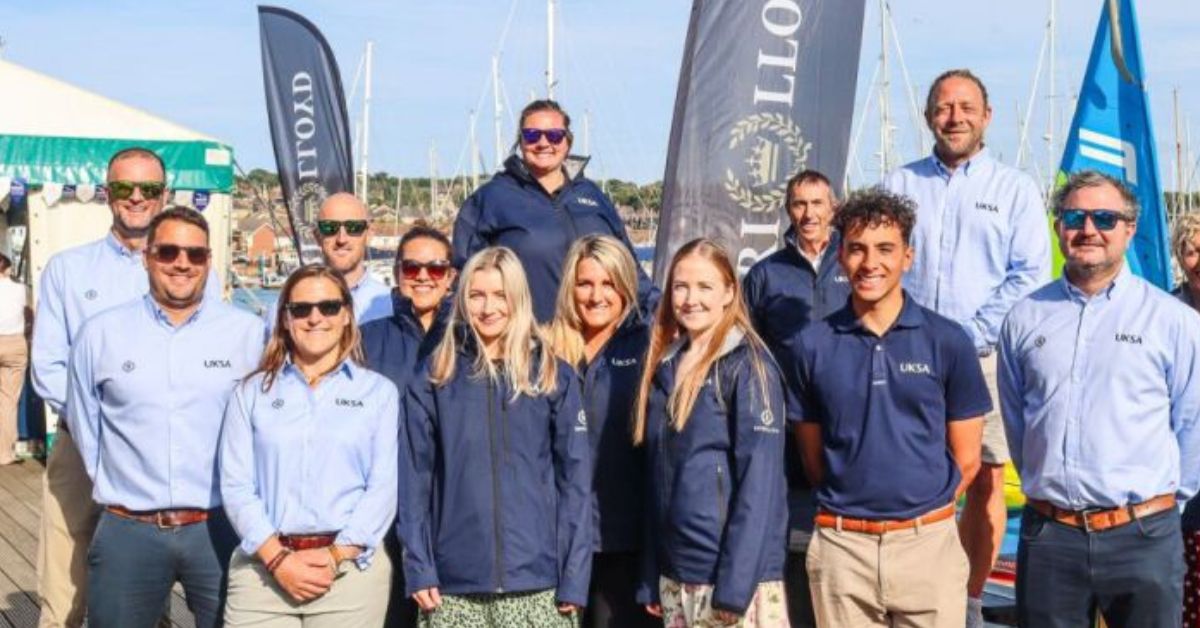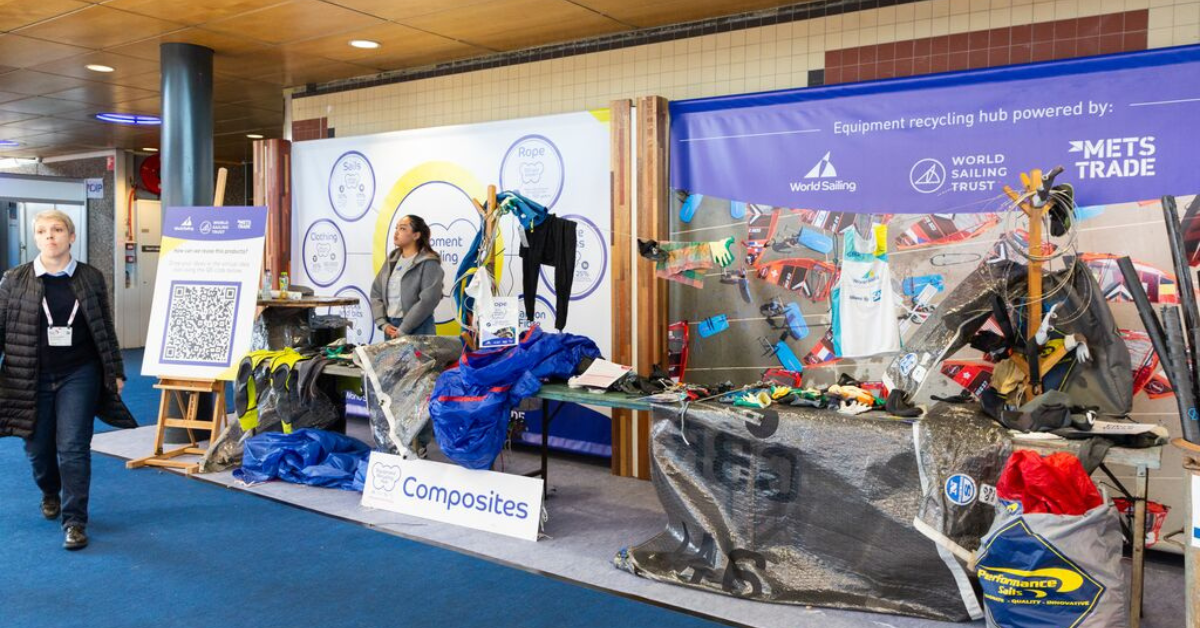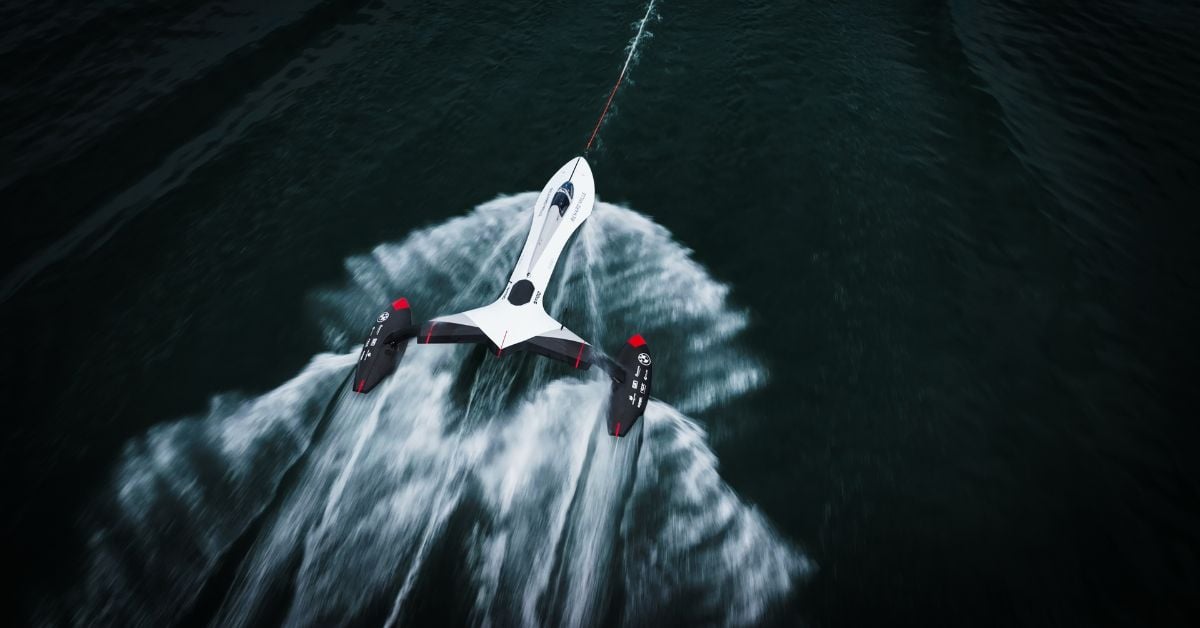Ocean Cleanup moves towards implementation
 Peter Franklin
Peter Franklin
This year’s METSTRADE show will feature a Sustainability panel discussion entitled, ‘towards cleaner, healthier oceans and waterways.’ Our assembled experts will be exploring how marinas, yacht clubs, sailing organisations and some creative individual projects are contributing to environmental sustainability and ocean conservation, for the benefit of the Leisure Marine Industry and future generations.
The panel will be joined by Lonneke Holierhoek the COO of the Ocean Cleanup, a concept first envisioned and inspired back in 2013 by Dutch teenager (at the time) Boyan Slat, who now heads up the entire project as Founder and Chief Executive. Nowadays the team consists of more than 70 engineers, researchers, scientists and computational modelers, all working daily with a clear objective; to rid the world's oceans of plastic.
Final design parameters are revealed
The project team are now busy in Alameda on the US West Coast, making system No 001 ready to tow 1200 nautical miles out into the Pacific, to an area which has become known as the Great Garbage Patch, situated between California and Hawaii. But first, a live rehearsal will take place during the next few weeks, when the entire rig will be towed 240 miles offshore, and launched into operational configuration for the first time, in order to fully and finally test every aspect of the structure.
Meanwhile Boyan Slat himself has presented a very detailed analysis of the final design which he freely admits, has continuously evolved based on extensive testing, received experience, and lots of creative, constructive brain storming by his dedicated and diversely disciplined colleagues.
As recently as the middle of last year, the design parameters had already been changed in order to more closely follow the way that plastic debris actually behaves when floating in the sea, and to produce a more durable configuration; one which would not have to withstand the full force of currents and winds.
The plan was to deploy a fleet of many smaller, free-floating systems slowed down by sea anchors, instead of having one massive cleanup system fixed to the seabed, which was the original design brief. The sea anchors would slow down the system’s movement relative to the plastic, with the speed difference enabling a more efficient collection of floating debris.
A new study in wave intelligence
The system that is now being constructed has been modified again prior to full implementation, and Slat explained the fundamental difference, together with the reasons behind it.
Previous modelling of the system was based on the need to compensate for large wave action, but the engineers studying the real-life effects found that there was a tendency for smaller waves to have a subtle, but significant effect on the collection boom when deployed with sea anchors. In essence, this meant that it was possible in certain sea conditions, for the Cleanup System to move faster than the plastic debris, which then drifted outside of the intended collection area.
The system now being deployed has been modified to use an underwater skirt as a kind of sea drogue, which is more reactive to subtle changes in wind and wave conditions. The skirt extends to 3 metres below the surface in the middle of the boom, and is designed in such a way that it is naturally bent into a crescent shape by the wave force. It will always move faster than the plastic, and automatically adjusts its positioning according to sea conditions, thus ensuring reliable collection of the plastic.
The Ocean Cleanup floating systems are designed to capture plastics ranging from small pieces just millimetres in size, up to large debris, including massive discarded fishing nets (ghost nets), which can be tens of metres wide.
Models show that a full-scale cleanup system roll-out (a fleet of approximately 60 systems) could clean 50% of the Great Pacific Garbage Patch in just five years.
Considerate of ocean inhabitants
Of course, there will be concerns that the system may trap fish and sea creatures, but from the very start of the project, protection of sea life has been a primary consideration. After all, the baseline from which this initiative has sprung, sees hundreds of thousands of whales, seals, turtles and sea birds die every year, from entanglement and ingestion of ocean plastic.
The latest design will move slowly enough for creatures to swim away, and even organisms that do not have self-movement will be directed underneath the skirt by the downward tidal flow, whilst plastic will stay closer to the surface and get collected. Also, no nets are involved which could entrap fish.
The system is also energy neutral using the natural forces of the ocean, and does not require an external energy source to catch and concentrate the plastic. All electronics used, such as lights and AIS (for vessel collision avoidance), are powered by solar energy.
Read more about The Ocean Cleanup
Related content: Plastic in the oceans, a revolution is underway!
And of course, you can come along and ask questions to Lonneke Holierhoek at the Sustainability panel discussion on Tuesday 13th November at METSTRADE 2018.
Share your stories on leisure marine industry with us
Do you have an innovation, research results or an other interesting topic you would like to share with the leisure marine equipment industry? The METSTRADE website and social media channels are a great platform to showcase your stories! Let us know via metstrade@rai.nl
Are you a METSTRADE exhibitor?
Make sure you add your latest press releases to your Company Profile in the Exhibitor Portal for free exposure.


